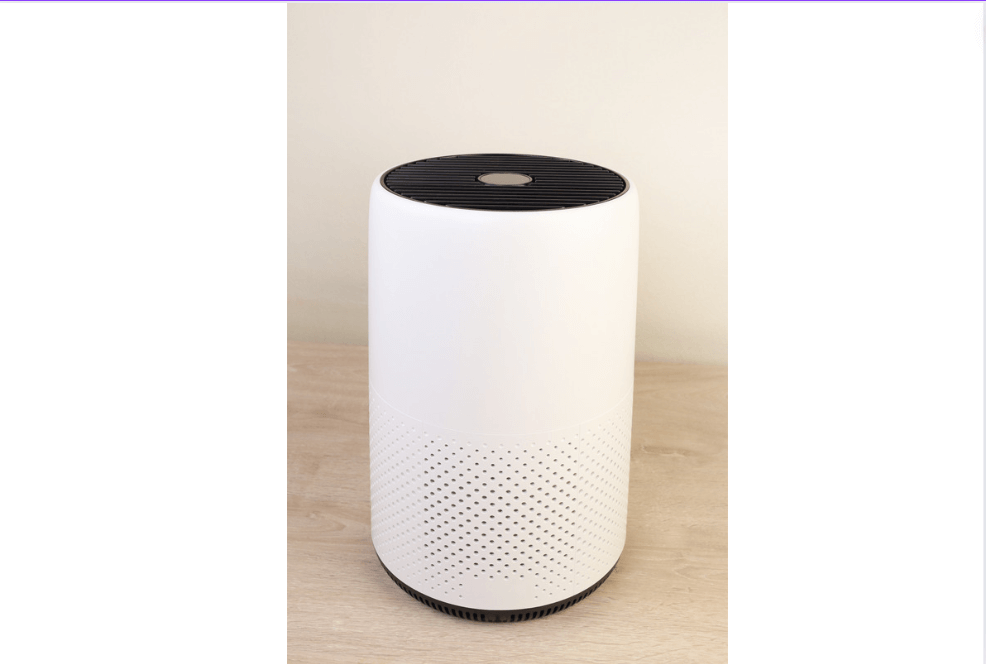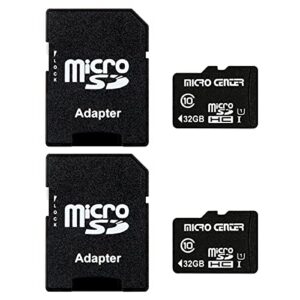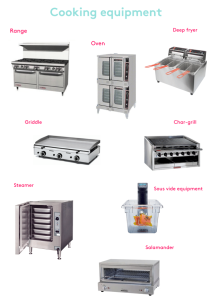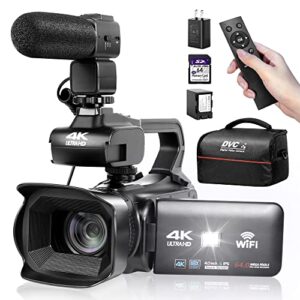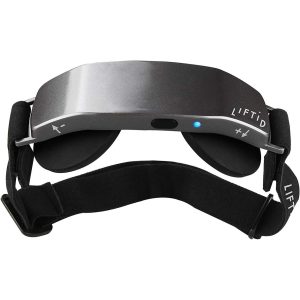Contents
This article aims to provide a comprehensive analysis of Therapure air purifiers, delving into their features, technology, benefits, and comparisons with other leading brands. By the end of this piece, you will have a thorough understanding of why Therapure air purifiers stand out in the market and whether they are the right choice for your needs.
Therapure Air Purifiers
Therapure air purifiers are designed to improve indoor air quality by removing pollutants, allergens, and contaminants from the air. These devices utilize advanced technologies to ensure that the air you breathe is clean and healthy. The key components of Therapure air purifiers include HEPA-type filters, UV-C light technology, and photocatalyst filters, each playing a crucial role in the purification process.
Key Features and Technologies
HEPA-Type Filters
High-Efficiency Particulate Air (HEPA) filters are renowned for their ability to capture particles as small as 0.3 microns with an efficiency rate of 99.97%. While Therapure air purifiers use HEPA-type filters, which are slightly less efficient than true HEPA filters, they still offer significant filtration capabilities, capturing dust, pollen, mold spores, and other airborne particles effectively.
UV-C Light Technology
UV-C light is a powerful tool in the fight against airborne pathogens. This technology uses ultraviolet light to destroy the DNA and RNA of bacteria, viruses, and other microorganisms, rendering them harmless. Therapure air purifiers incorporate UV-C light to provide an extra layer of protection, ensuring that the air is not only free from particulates but also from harmful microorganisms.
Photocatalyst Filter
The photocatalyst filter in Therapure air purifiers works in conjunction with UV light to break down volatile organic compounds (VOCs) and other pollutants. This combination not only helps in eliminating odors but also in reducing the presence of harmful chemicals in the air, making the environment healthier.
Additional Features
Many Therapure air purifiers come with additional features such as digital displays, multiple fan speeds, and filter change indicators. These features enhance the user experience by providing ease of use, customization options, and timely maintenance reminders.
Benefits of Using Therapure Air Purifiers
Improved Air Quality
The primary benefit of using a Therapure air purifier is the significant improvement in indoor air quality. By effectively removing a wide range of pollutants, these devices help create a cleaner and healthier environment, reducing the risk of respiratory issues and allergies.
Allergen Reduction
For individuals suffering from allergies, Therapure air purifiers can be a game-changer. The HEPA-type filters capture common allergens such as dust mites, pollen, and pet dander, providing relief from allergy symptoms and improving overall well-being.
Odor Elimination
The combination of UV-C light and photocatalyst filter works effectively to eliminate odors caused by cooking, pets, smoke, and other sources. This ensures that the indoor environment remains fresh and pleasant.
Germ and Bacteria Elimination
The UV-C light technology used in Therapure air purifiers is highly effective in neutralizing bacteria, viruses, and other pathogens. This feature is particularly beneficial in households with children, elderly individuals, or anyone with a compromised immune system.
Energy Efficiency
Many Therapure air purifiers are designed with energy efficiency in mind, consuming minimal power while operating. This makes them a cost-effective solution for maintaining good air quality without significantly increasing energy bills.
Popular Therapure Models
Therapure TPP240
The Therapure TPP240 is a popular model known for its sleek design and powerful performance. It features a HEPA-type filter, UV-C light, and a photocatalyst filter, making it effective in capturing allergens, bacteria, and VOCs. The TPP240 also includes a digital display, multiple fan speeds, and a filter change indicator.
Therapure TPP230H
The TPP230H is another well-regarded model that offers similar features to the TPP240 but with a more compact design. It is ideal for smaller spaces and includes a HEPA-type filter, UV-C light, and a photocatalyst filter. The TPP230H also boasts an ionizer for enhanced air purification.
Therapure TPP440
For larger spaces, the TPP440 is an excellent choice. This model features a HEPA-type filter, UV-C light, photocatalyst filter, and an ionizer. It is capable of purifying the air in larger rooms effectively and includes additional features such as a programmable timer and remote control.
Comparison with Other Leading Brands
Therapure vs. Honeywell
Honeywell air purifiers are known for their reliability and true HEPA filters. While Therapure uses HEPA-type filters, Honeywell’s true HEPA filters offer a higher level of filtration efficiency. However, Therapure’s inclusion of UV-C light and photocatalyst filters provides additional germ-killing and odor-eliminating capabilities that some Honeywell models lack.
Therapure vs. Dyson
Dyson air purifiers are renowned for their innovative design and advanced technology, including true HEPA filters and activated carbon filters. While Dyson models are highly effective, they are also more expensive. Therapure offers a more budget-friendly option with comparable features such as UV-C light and photocatalyst filters, making it an attractive choice for those seeking effective air purification without breaking the bank.
Therapure vs. Levoit
Levoit air purifiers are popular for their affordability and true HEPA filters. They provide excellent filtration for allergens and particles but may lack the additional germ-killing capabilities of UV-C light. Therapure’s multi-stage filtration process, which includes UV-C light and photocatalyst filters, offers a more comprehensive solution for those concerned about germs and VOCs.
Maintenance and Care
Filter Replacement
Regular filter replacement is crucial for maintaining the efficiency of Therapure air purifiers. The frequency of replacement depends on the model and usage but typically ranges from every 6 to 12 months. Some models come with filter change indicators to remind users when it’s time for a replacement.
Cleaning
In addition to replacing filters, it is important to clean the exterior and pre-filters of Therapure air purifiers regularly. This helps prevent dust buildup and ensures optimal performance. Most models come with user manuals that provide detailed cleaning instructions.
UV-C Light Maintenance
The UV-C light in Therapure air purifiers has a limited lifespan and may need to be replaced periodically. Refer to the user manual for specific instructions on how to replace the UV-C light bulb and ensure that the device continues to operate effectively.
User Experiences and Reviews
Positive Feedback
Many users have praised Therapure air purifiers for their effectiveness in improving air quality and reducing allergy symptoms. The combination of HEPA-type filters, UV-C light, and photocatalyst filters has been particularly appreciated for its comprehensive approach to air purification. Users also highlight the ease of use and maintenance as major advantages.
Criticisms
Some users have noted that the noise level of certain Therapure models can be higher than expected, especially at higher fan speeds. Additionally, the effectiveness of the HEPA-type filters, while good, is sometimes seen as a drawback compared to true HEPA filters used in other brands. However, the overall consensus is that Therapure air purifiers offer good value for money and effective performance.
Conclusion
Therapure air purifiers are a solid choice for anyone looking to improve their indoor air quality. With a combination of HEPA-type filters, UV-C light technology, and photocatalyst filters, they provide a comprehensive solution for removing allergens, bacteria, viruses, and VOCs from the air. While there are some minor drawbacks, such as noise levels and the use of HEPA-type filters instead of true HEPA filters, the overall performance and affordability of Therapure air purifiers make them a worthwhile investment.
Whether you are looking to reduce allergy symptoms, eliminate odors, or create a healthier living environment, Therapure air purifiers offer a range of models to suit different needs and room sizes. By understanding their features, benefits, and maintenance requirements, you can make an informed decision and enjoy cleaner, healthier air in your home or office.
Frequently Asked Questions
Q1: How often should I replace the filters in my Therapure air purifier?
A1: The frequency of filter replacement depends on the model and usage but typically ranges from every 6 to 12 months. Refer to the user manual for specific recommendations and consider models with filter change indicators for timely reminders.
Q2: Can Therapure air purifiers help with pet allergies?
A2: Yes, Therapure air purifiers are effective in capturing pet dander and other allergens, which can help reduce symptoms for individuals with pet allergies.
Q3: Are Therapure air purifiers energy-efficient?
A3: Many Therapure air purifiers are designed to be energy-efficient, consuming minimal power while operating. This makes them a cost-effective solution for maintaining good air quality without significantly increasing energy bills.
Q4: Do Therapure air purifiers produce ozone?
A4: Therapure air purifiers use UV-C light and photocatalyst filters, which do not produce ozone. This makes them a safe choice for improving indoor air quality without introducing harmful byproducts.

